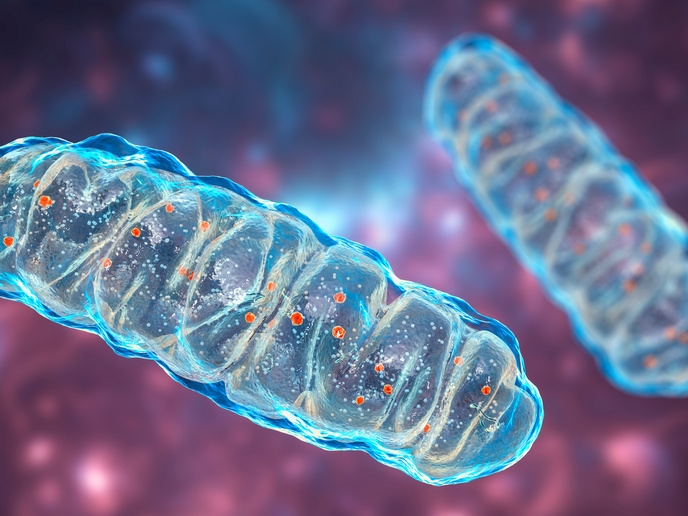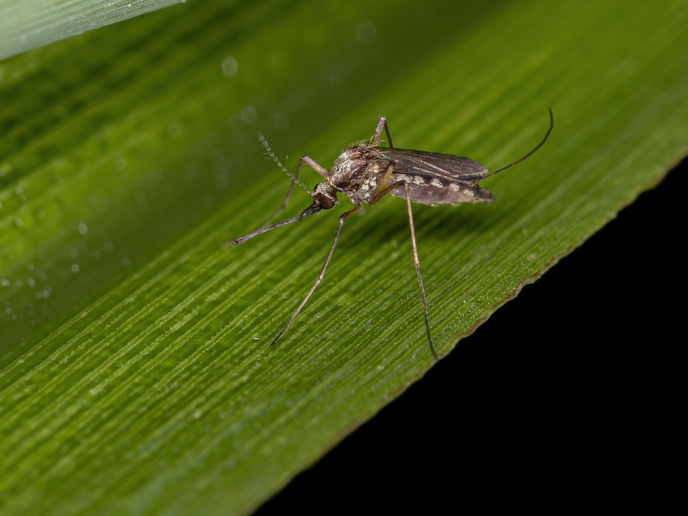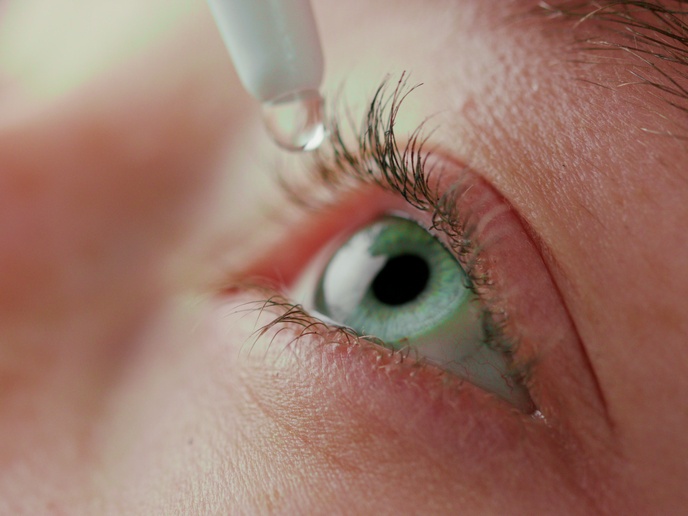Quality control in mitochondria DNA
Often described as the powerhouse of eukaryotic cells, mitochondria generate the energy needed to power cells. To create this energy, mitochondria rely on their own genome, called mtDNA, with each cell containing multiple copies of the genome. “This genome plays a critical role in the energy-producing process, and maintaining its integrity is absolutely required for the health of cells and organisms,” says Christof Osman(opens in new window), a professor at Ludwig Maximilian University of Munich(opens in new window). “When mtDNA is not maintained or its integrity is compromised, problems develop, including the development of disease.” While scientists believe these copies play a key role in maintaining cell health, how mtDNA copy number is regulated is poorly understood. But, with the support of the EU-funded IlluMitoDNA project, Osman aimed to find out. “The project investigated how cells determine the copy number of mtDNA and how these copies are distributed throughout the mitochondrial network,” adds Osman.
The role genes play in mtDNA copy number regulation
The project developed a novel system in the yeast Saccharomyces cerevisiae that, for the first time, allows minimally invasive tracking of mtDNA in living cells by high-speed, live-cell fluorescence microscopy. “We combine this live-cell imaging approach with super-resolution microscopy, next-generation sequencing techniques and biochemical approaches to obtain unprecedented insights into the cellular principles and molecular mechanisms that govern distribution and inheritance of mtDNA and the maintenance of its integrity,” explains Osman. Using this approach, researchers were able to identify multiple new genes that are required for cells to maintain normal mtDNA copy numbers. During the project, researchers focused on two of these genes, working to understand their roles in mtDNA copy number regulation. The project, which received support from the European Research Council(opens in new window), also discovered that yeast cells can distinguish between intact and mutant mtDNA. “This process involves a fold in the inner membrane of a mitochondrion that restricts the diffusion of mtDNA-encoded subunits and thereby creates a link between the mtDNA copy and its protein products,” adds Osman.
Implications for human health too
According to Osman, these studies have shed new light on how mtDNA copy number is regulated in cells. “While our work was performed in yeast cells, our findings form a basis for understanding mtDNA copy number regulation and quality control in humans, which could at some point lead to a better understanding of diseases that arise when these processes do not work properly,” concludes Osman. While the IlluMitoDNA project may be over, the research team continue their work. They are currently investigating how the genes identified during the project determine mtDNA copy number regulation on a mechanistic level. They also intend to explore the way mtDNA quality control works at the mechanistic level.







